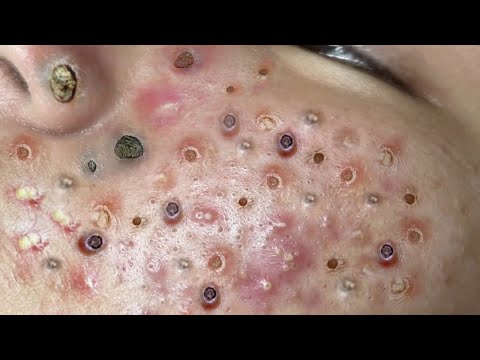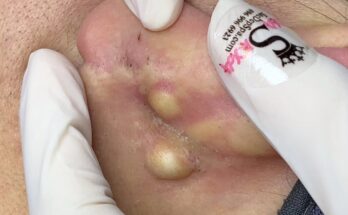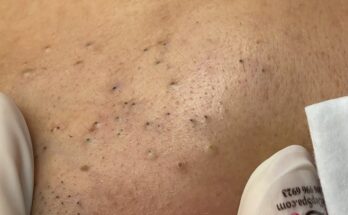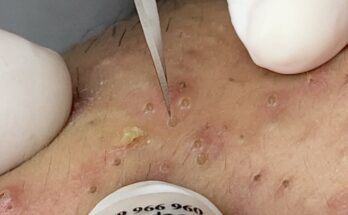
When introducing new active ingredients like retinoids, AHAs, or BHAs into your skincare routine, you might experience a period of “skin purging.” This process, though frustrating, is a sign that the product is working. It occurs because these ingredients accelerate cell turnover, bringing existing microcomedones (tiny, clogged pores) to the surface as pimples, cysts, or whiteheads much faster than they would have naturally. This typically happens in areas where you regularly break out and usually subsides within four to six weeks.
The key to distinguishing a purge from a true breakout lies in the details. A purge will appear as blemishes in the areas where you are prone to acne and will heal relatively quickly. Conversely, a breakout caused by an adverse reaction to a product will likely show up in new, unusual spots on your face and may be accompanied by other signs of irritation, such as redness, itching, or inflammation that doesn’t seem to improve. If the reaction is allergic, you might also experience hives or a rash.
To manage purging gently, the best approach is patience and a simplified routine. Avoid using other harsh exfoliants and focus on hydration and sun protection. Incorporate a gentle, non-stripping cleanser and a moisturizer with ingredients like ceramides or hyaluronic acid to support your skin’s barrier. Crucially, do not pick at the blemishes, as this can lead to scarring. Consistent use of the new product at a reduced frequency (e.g., a few times a week) can also help your skin acclimate more comfortably. If the irritation persists beyond six weeks, it’s a good idea to consult a dermatologist.


